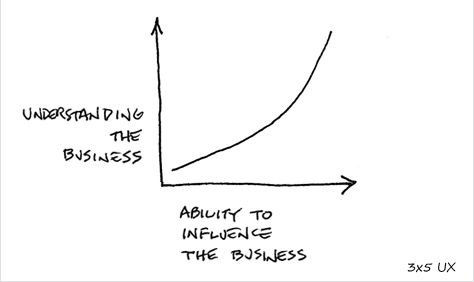To justify this expense, you must build the business case for user experience, as shown in Figure 1. Whether you are a UX research or design professional or a UX leader, you should utilize analytical frameworks to understand and describe the business value of the contributions that User Experience brings to the table. You should be able to present a complete business case for user experience to your corporate management.

The UX Value Chain
One important framework to consider is the value chain of a business. Professor Michael Porter developed the concept of a value chain, which describes the five steps that companies take in creating business value, as follows:
- Inbound logistics—how a company takes in materials
- Operations—converting and processing the inputs into goods or services
- Marketing—advertising and selling products and services
- Outbound logistics—getting the products to customers
- Service—providing additional, follow-on services to keep customers happy
Although Porter developed this value chain to describe traditional, manufactured products, this concept is useful in building a business case that highlights a UX team’s contributions and their impacts at each step in the process. Now, let’s consider each of these in turn.
Inbound Logistics, or Requirements
For a software company, inbound logistics usually constitute the incoming information about what will satisfy business demands and customer needs—that is, the requirements. These usually result from
- understanding a product’s contexts of use
- recognizing differentiation opportunities
- assessing the competitive marketplace
- leveraging clickstream analytics
- evaluating requests for enhancements
UX research is uniquely positioned to contribute a tremendous amount of insight in many of these areas. A well-structured UX research program delves deeply into users’ goals, activities, and tasks; and can expose significant process and procedural bottlenecks in work practices. Investing in UX research enables a business to develop a keen understanding of the various roles within the business, how they work, and what they require from their software tools. Few other disciplines within modern companies are better suited to explore and describe these topics of research.

